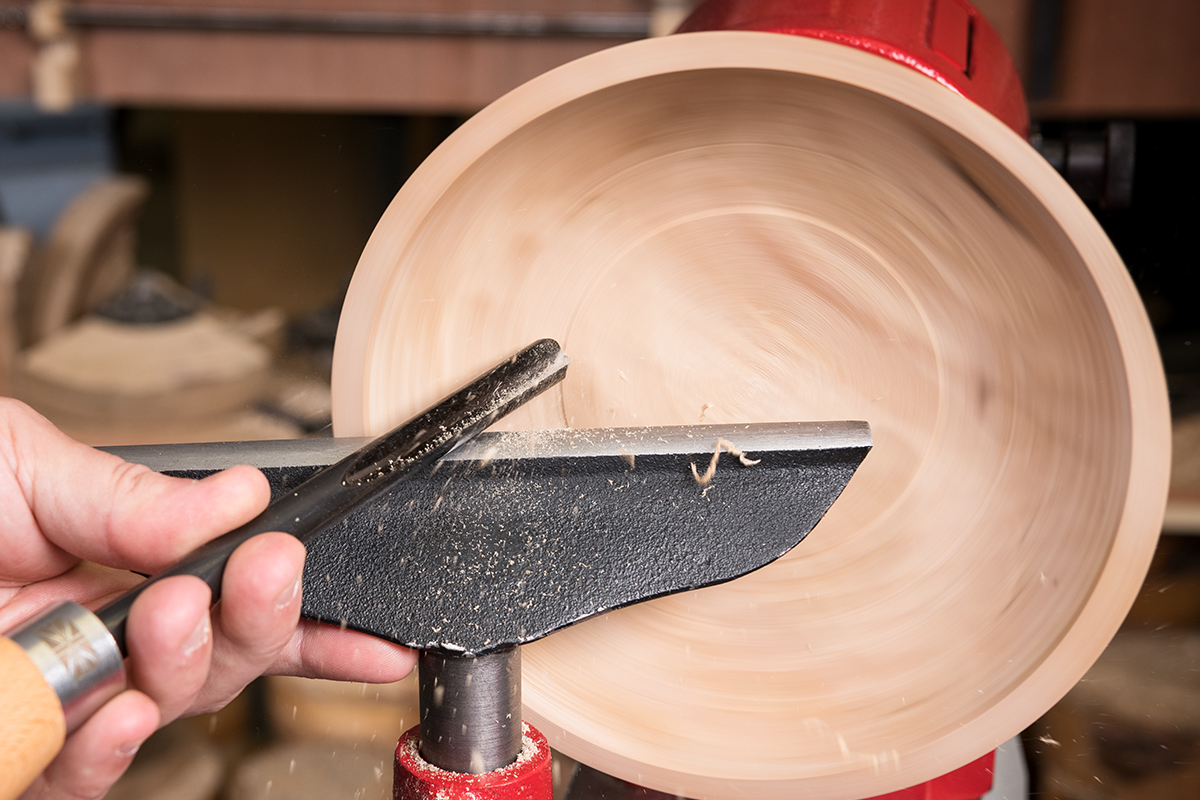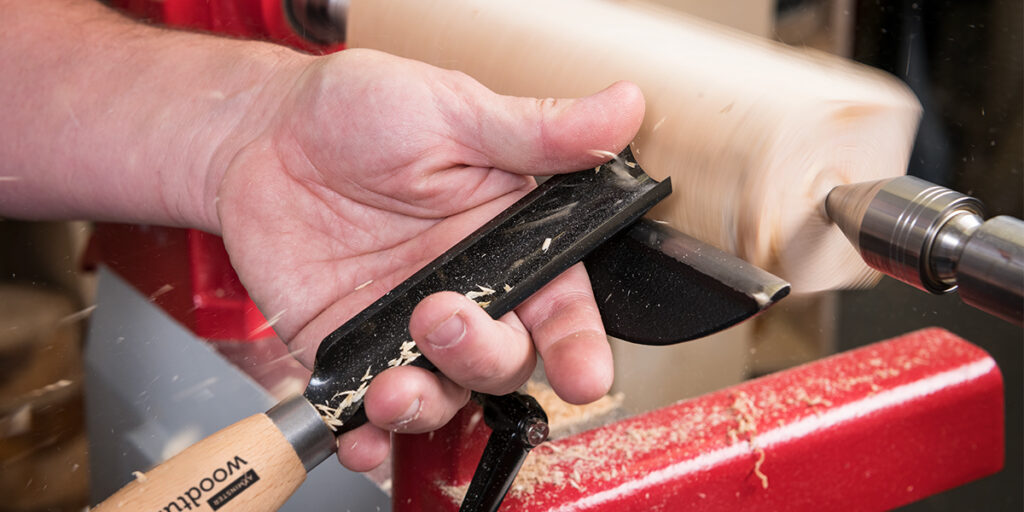
Woodturning, the craft of shaping wood using a lathe and specialized tools, is a time-honored art form that has captivated artisans and hobbyists for generations. From creating functional objects like bowls and pens to intricate decorative pieces, woodturning offers endless possibilities for creativity and self-expression. If you’re a beginner eager to delve into this fascinating craft, this guide will walk you through the basics, from essential tools and techniques to tips for getting started on your woodturning journey.
Getting Started: Essential Tools and Equipment
Before you can start turning wood, you’ll need to gather the necessary tools and equipment. While the specific items you’ll need may vary depending on the type of projects you want to tackle, there are a few essentials that every woodturner should have in their workshop:
- Lathe: The lathe is the centerpiece of any woodturner’s workshop. It’s a machine that rotates the wood while you shape it with cutting tools. Lathes come in various sizes and configurations, so choose one that suits your budget and space constraints.
- Turning Tools: A basic set of turning tools typically includes gouges, chisels, and scrapers. These tools come in different shapes and sizes for various cutting and shaping tasks. As a beginner, you can start with a few essential tools and gradually expand your collection as you gain experience.
- Safety Gear: Safety should always be a top priority when woodturning. Wear safety goggles to protect your eyes from flying wood chips, a dust mask to prevent inhalation of wood dust, and ear protection if you’re working with loud machinery. Additionally, make sure your lathe is securely mounted to a sturdy workbench or stand to prevent accidents.
- Wood: Of course, you’ll need wood to turn! Start with inexpensive and easy-to-work-with species like pine or poplar as you hone your skills. As you become more confident, you can experiment with different types of wood to achieve different textures, colors, and grain patterns in your projects.
- Finishing Supplies: Once you’ve shaped your wood to your satisfaction, you’ll need to apply a finish to protect and enhance its appearance. Common finishes for woodturning projects include oils, waxes, and lacquers. Experiment with different finishes to see which ones you prefer for your projects.
Basic Woodturning Techniques
Now that you have your tools and equipment assembled, it’s time to learn some basic woodturning techniques. Here are a few fundamental skills to master as a beginner:

- Mounting the Wood: Begin by mounting your wood blank securely on the lathe using either a faceplate or a chuck. Make sure the wood is centered and balanced to prevent vibration and ensure smooth turning.
- Roughing Out: Once the wood is mounted, use a roughing gouge to remove excess material and create a rough cylindrical shape. This process, known as roughing out, prepares the wood for more detailed shaping and refinement.
- Shaping: With the wood roughed out, you can begin shaping it into your desired form using various turning tools. Experiment with different cuts and angles to create curves, beads, and other decorative elements in your work.
- Finishing: Once you’re happy with the shape of your piece, it’s time to sand and finish it. Start with coarse-grit sandpaper to remove any tool marks or rough spots, then work your way up to finer grits for a smooth finish. Apply your chosen finish according to the manufacturer’s instructions, and allow it to dry completely before handling the piece.
Tips for Beginners
As you embark on your woodturning journey, keep these tips in mind to make the learning process smoother and more enjoyable:
- Start Small: Begin with simple projects like pens, bottle stoppers, or small bowls to build your skills and confidence before tackling larger and more complex pieces.
- Practice Patience: Woodturning is a skill that takes time to develop. Be patient with yourself and don’t get discouraged if your first few projects don’t turn out perfectly. Focus on learning from your mistakes and improving with each attempt.
- Learn from Others: Take advantage of resources like books, online tutorials, and woodturning clubs or classes to learn from experienced turners and expand your knowledge of the craft.
- Experiment and Have Fun: Above all, remember that woodturning is a creative pursuit meant to be enjoyed. Don’t be afraid to experiment with different techniques, designs, and wood species, and let your imagination guide you as you explore the art of turning wood.
Woodturning is a rewarding and fulfilling hobby that offers endless opportunities for creativity and self-expression. Whether you’re drawn to its meditative qualities, fascinated by the technical challenges it presents, or simply enamored with the beauty of turned wood, there’s something for everyone to enjoy in this timeless craft. With the right tools, techniques, and a willingness to learn, you can embark on a woodturning journey that’s as fulfilling as it is enriching. So pick up your tools, mount your wood on the lathe, and let the chips fly as you discover the art of woodturning for yourself.
